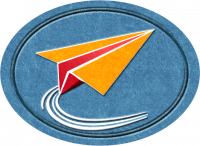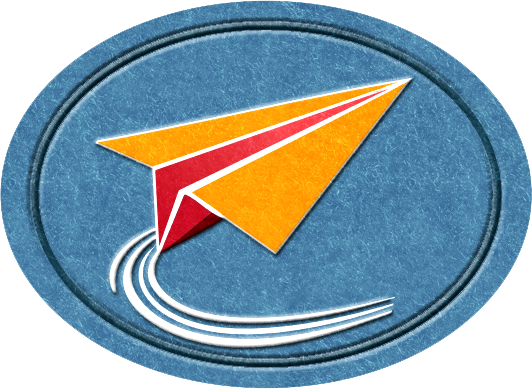Difference between revisions of "AY Honors/Paper Airplane/Requirements/en"
(Updating to match new version of source page) |
(Updating to match new version of source page) |
||
| Line 62: | Line 62: | ||
<noinclude></noinclude><section end=req6 /></b> | <noinclude></noinclude><section end=req6 /></b> | ||
| − | <b>7. <section begin=req7 /><noinclude></noinclude>Spiritual Lesson – Designed for a Purpose <br> | + | <b>7. <section begin=req7 /><noinclude></noinclude>Spiritual Lesson – Designed for a Purpose<br> |
| − | Just as every paper airplane is designed with a purpose—some for speed, some for distance, and some for tricks—God has created each of us with a special purpose. Sometimes, like a paper airplane, we may need adjustments and improvements to reach our full potential, but God is always shaping us. | + | Just as every paper airplane is designed with a purpose—some for speed, some for distance, and some for tricks—God has created each of us with a special purpose. Sometimes, like a paper airplane, we may need adjustments and improvements to reach our full potential, but God is always shaping us.<br> |
Look up and discuss the following Bible verses: | Look up and discuss the following Bible verses: | ||
* Jeremiah 29:11 – God’s plan for our future | * Jeremiah 29:11 – God’s plan for our future | ||
Latest revision as of 19:03, 11 April 2025
1. Learn and explain the four main forces of flight that affect an airplane:
- a. Lift (What helps the plane rise?)
- b. Drag (What slows the plane down?)
- c. Thrust (What makes the plane move forward?)
- d. Gravity (What pulls the plane down?)
2. Identify and describe the key components of an airplane and their function:
- a. Wings
- b. Fuselage (body of the plane)
- c. Tail & Rudder
- d. Elevators & Ailerons (Explain how they affect movement)
3. Fold and test at least five different types of paper airplanes, such as:
- The Classic Dart (Fast and straight)
- The Glider (Designed for long airtime)
- The Stunt Plane (Performs loops and tricks)
- The Distance Flyer (Optimized for maximum distance)
- Your Own Custom Design
4. Conduct experiments to test how different factors affect flight:
- Try different types of paper (thin, thick, textured, glossy, etc.)
- Adjust wing shape and folds to see their effects
- Modify the weight distribution (add paperclips or folds to see how it changes flight)
- Record your observations
5. Work in a group to design and test the “Ultimate Paper Airplane.” Combine the best elements from your experiments to create a plane that can fly the farthest or stay in the air the longest.
6. Participate in a Paper Airplane Flight Challenge with your group. Compete in one or more of the following:
- Distance Competition: Whose plane flies the farthest?
- Airtime Challenge: Whose plane stays in the air the longest?
- Accuracy Challenge: Who can land their plane closest to a target?
7. Spiritual Lesson – Designed for a Purpose
Just as every paper airplane is designed with a purpose—some for speed, some for distance, and some for tricks—God has created each of us with a special purpose. Sometimes, like a paper airplane, we may need adjustments and improvements to reach our full potential, but God is always shaping us.
Look up and discuss the following Bible verses:
- Jeremiah 29:11 – God’s plan for our future
- Isaiah 40:31 – Those who trust in the Lord will soar like eagles
- Ephesians 2:10 – We are God’s workmanship, created for good works
- 2 Corinthians 5:17 – Becoming a new creation in Christ
Reflect on these verses:
- How does making paper airplanes relate to God’s creative design for us?
- What happens when a plane doesn’t fly well? How does that compare to times when we struggle in life?
- How can small adjustments make a big difference in flight? How does God help us make adjustments in our own lives?
- As a group, pray and thank God for His perfect design and guidance in our lives.



